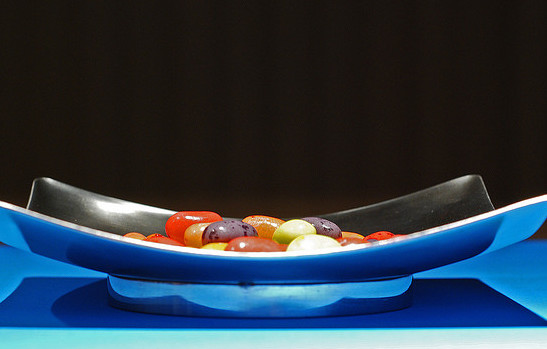The Jelly Bean version of Android has now overtaken Gingerbread to become the most widely used iteration of Google’s mobile OS. It accounts for just over 40 percent of Android devices pinging the Google Play store, indicating that the users are eager to download apps.
The overall use and popularity of Android versions — and mobile operating systems in general — can be a bit tricky to measure. Looking at the total number of devices (mostly smartphones) out there can give one result. Device sales can give another and device activity yet a third. The new monthly figures, released by Google, concentrate on activity, which is probably the best measure of where Android has been and where it is going.
Moving on from Gingerbread
As Brooke Crothers notes at CNET, Jelly Bean — otherwise known as Android 4.1.x — now accounts for two out of five Android devices that have recently accessed Google’s store for Android apps: Google Play. As Jelly Bean strengthens its hold, once-popular Gingerbread, representing the 2.3.x versions of Android, is entering a gradual decline.
Crothers follows up on an initial report by Chris Chavez at Phandroid. The monthly figures, released by Google, measure devices that have pinged Google Play. This is effectively a measure of devices whose users are actively looking for Android apps, meaning in all likelihood that these users actually use Android capability, rather than simply using the devices to make phone calls.
In July, Jelly Bean accounted for 40.5 percent of Google Play pings, up from 37.9 percent in June. Meanwhile, the Gingerbread versions of Android slipped from 34.1 percent of pings in June to 33.1 percent in July — slipping below the one-out-of-three mark. Ice Cream Sandwich (Android 4.0.x), intermediate between them, also slid, from 23.3 percent to 22.5 percent.
A Catch-Up Game for OEMs
For makers of Android devices (OEMs, or original equipment manufacturers), Android’s progress means an endless game of catch-up. No sooner do the OEMs release a device using the latest version of Android than Google comes up with a newer and more powerful version.
This is a fact of life in the mobility world, and OEMs must deal with updates if they want to stay afloat in the mobile market. After all, the same thing happens with Apple’s iOS and iPhone/iPad versions, though the trend is less noticeable, because Apple itself is the only vendor of iOS devices.
Image Courtesy of Flickr
[cf]skyword_tracking_tag[/cf]

